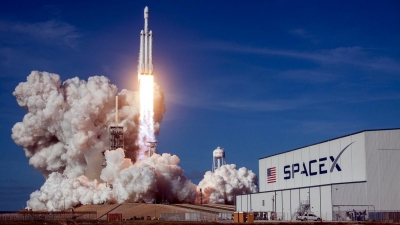
The Dragon spacecraft first reached the International Space Station in 2012 and Crew Dragon became the first private, crewed spacecraft to reach the ISS in 2020.
In March 2019, SpaceX’s Crew Dragon, the company’s spacecraft designed to carry astronauts into space, completed its first test mission to the International Space Station (ISS). Prior to that, in 2012, the Dragon cargo spacecraft made history when it was the first private spacecraft to berth with the ISS. Since then, Dragon has continued carrying cargo to the ISS under commercial agreements with NASA.
SpaceX successfully launched the Crew Dragon capsule to the ISS on March 2, 2019 from a two-stage Falcon 9 rocket. The spacecraft then docked with the ISS on March 3, and returned to Earth on March 8.
SpaceX unveiled its design for the crewed spacecraft in 2014 to great fanfare. It’s essentially a modified version of SpaceX’s robotic Dragon spacecraft. Crew Dragon can carry up to seven astronauts, includes a life support system, an emergency-escape system, touch-screen displays, windows and other passenger-related equipment. Another design change is that Crew Dragon docks directly to the ISS while the Dragon freighter is grabbed by the orbiting lab’s large robotic arm and brought into place.
Picture Credit : Google





